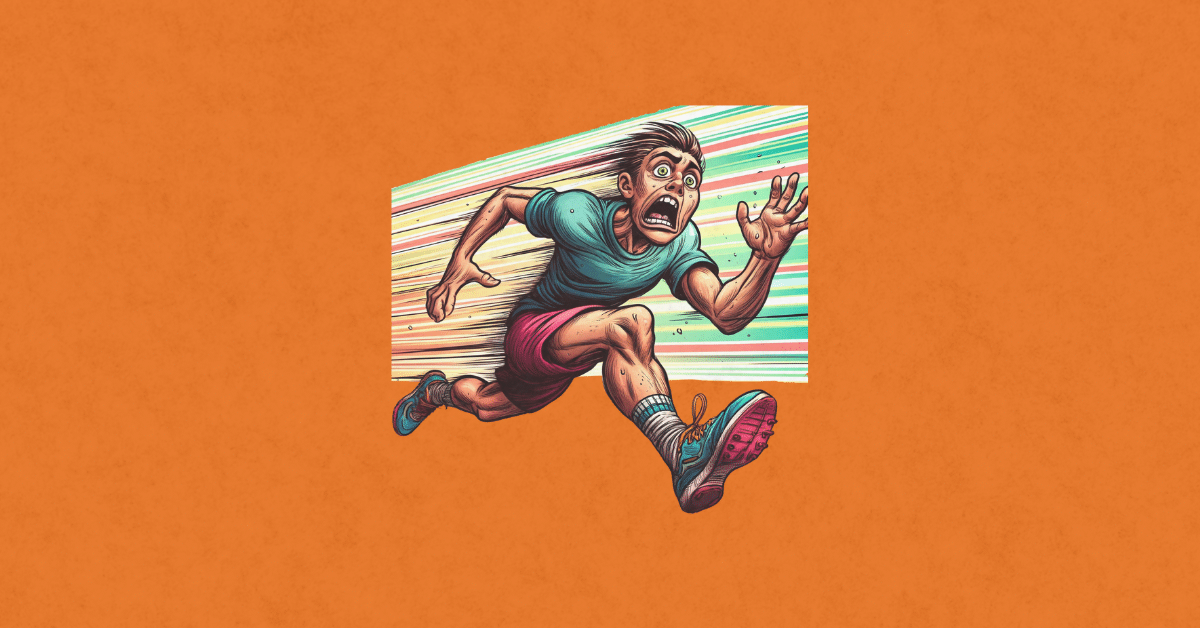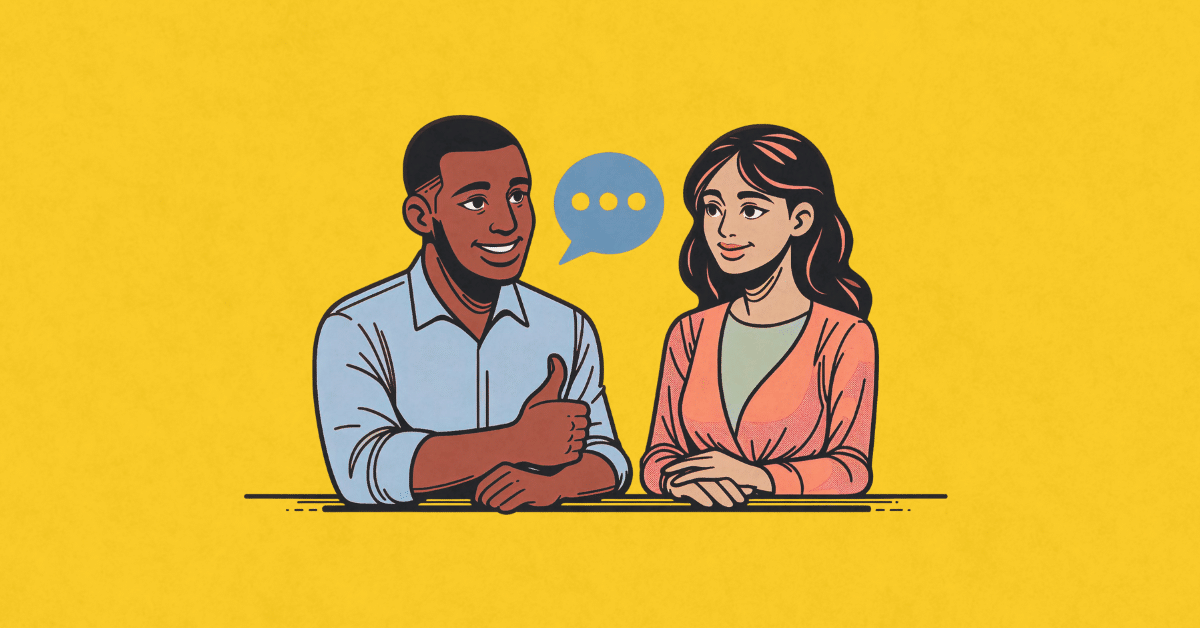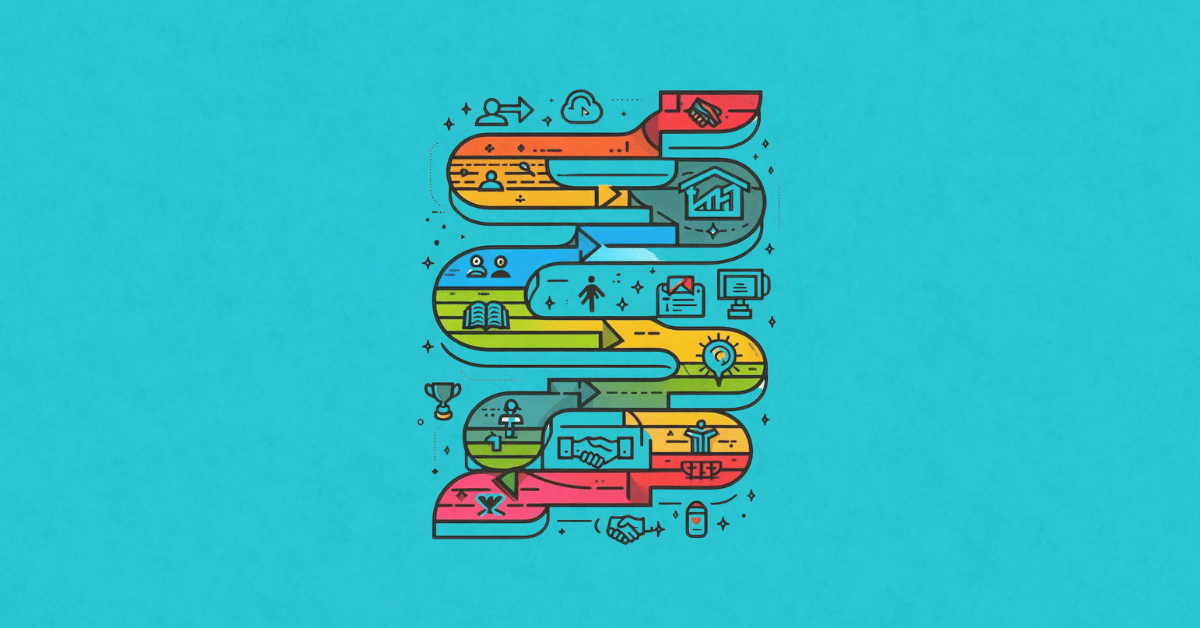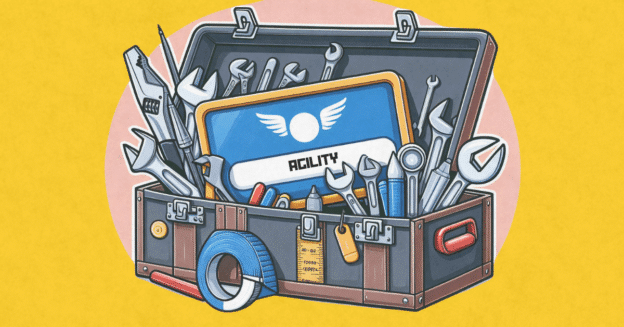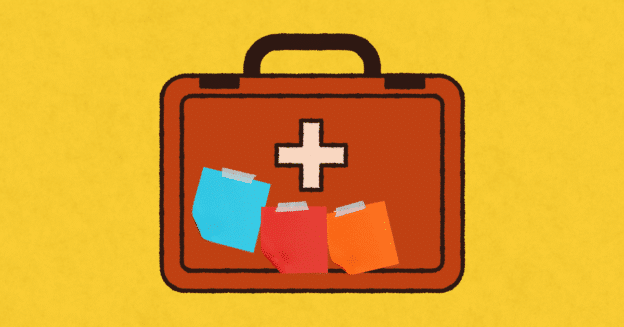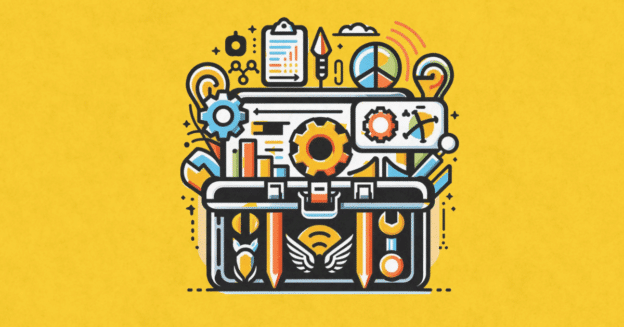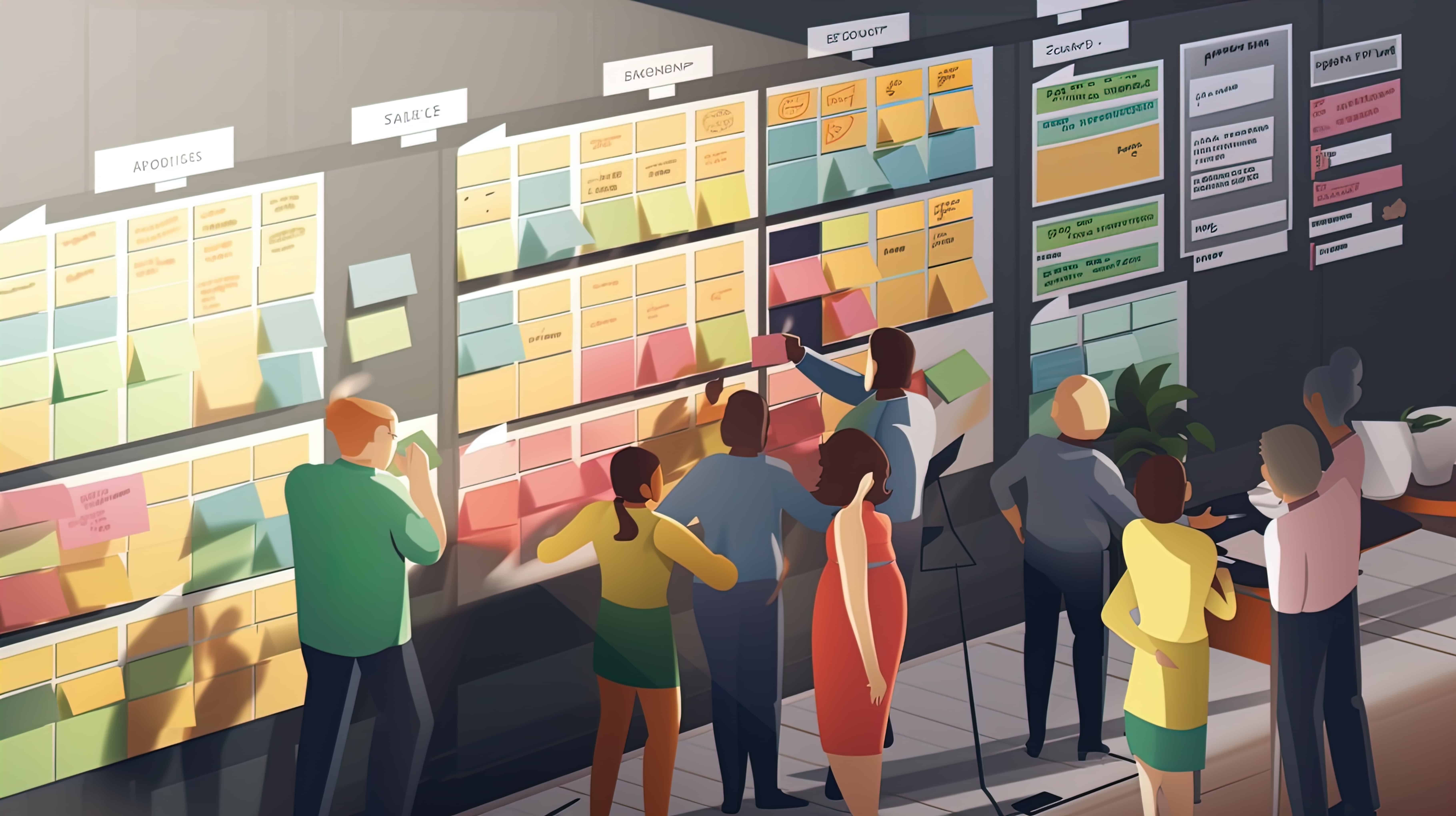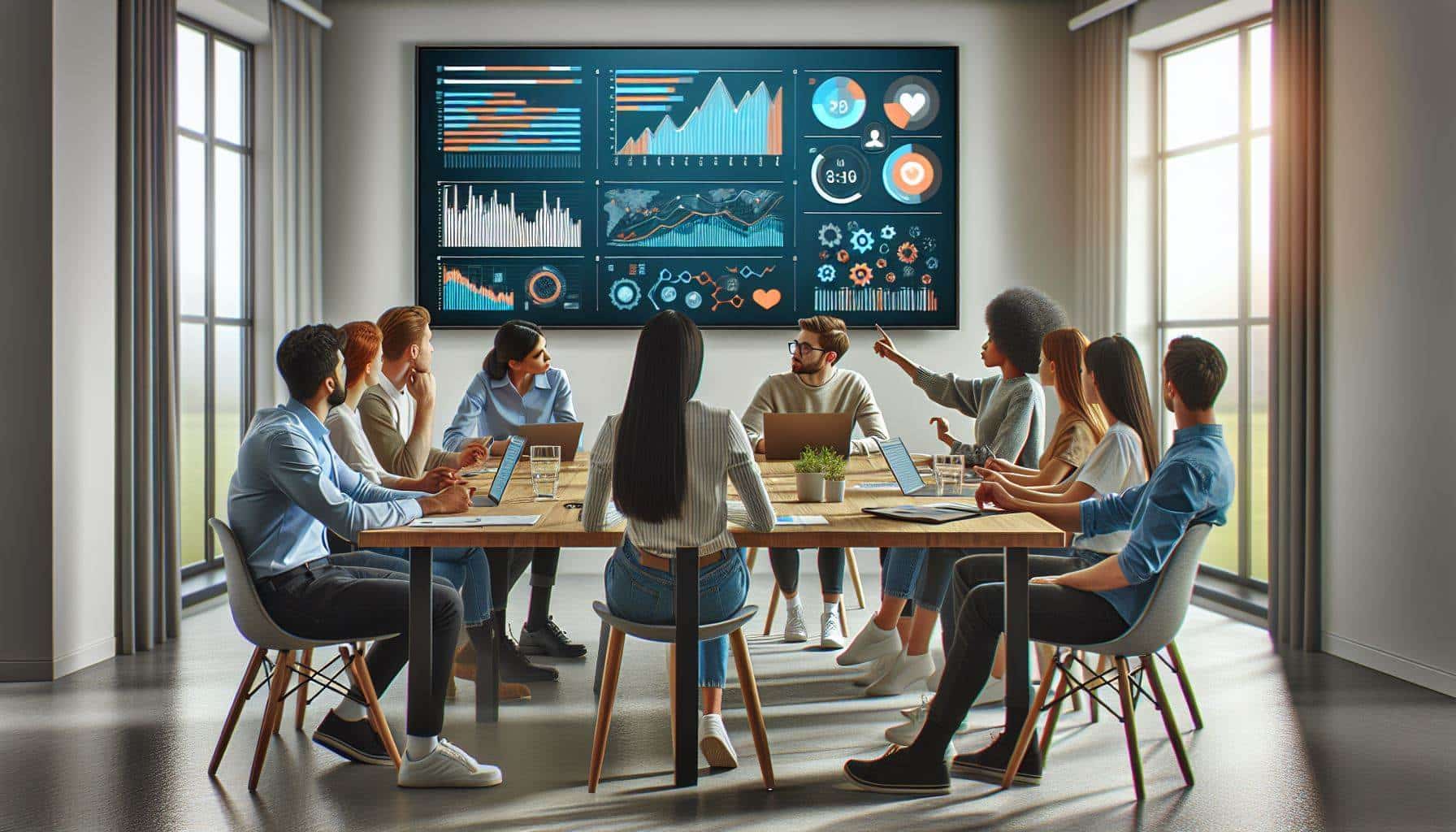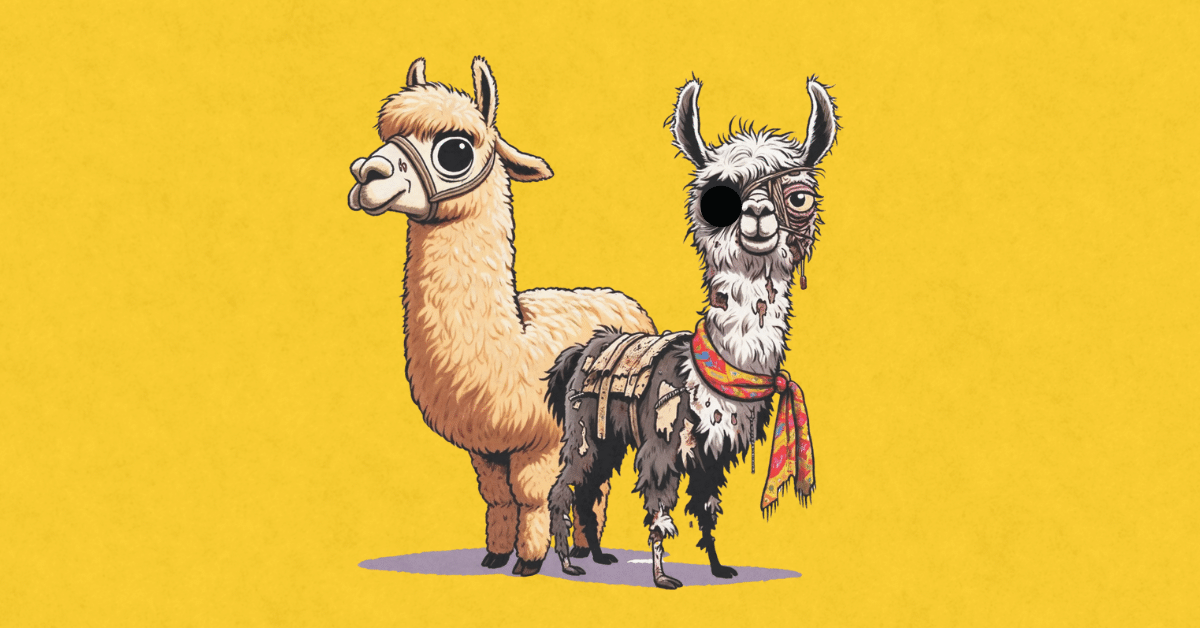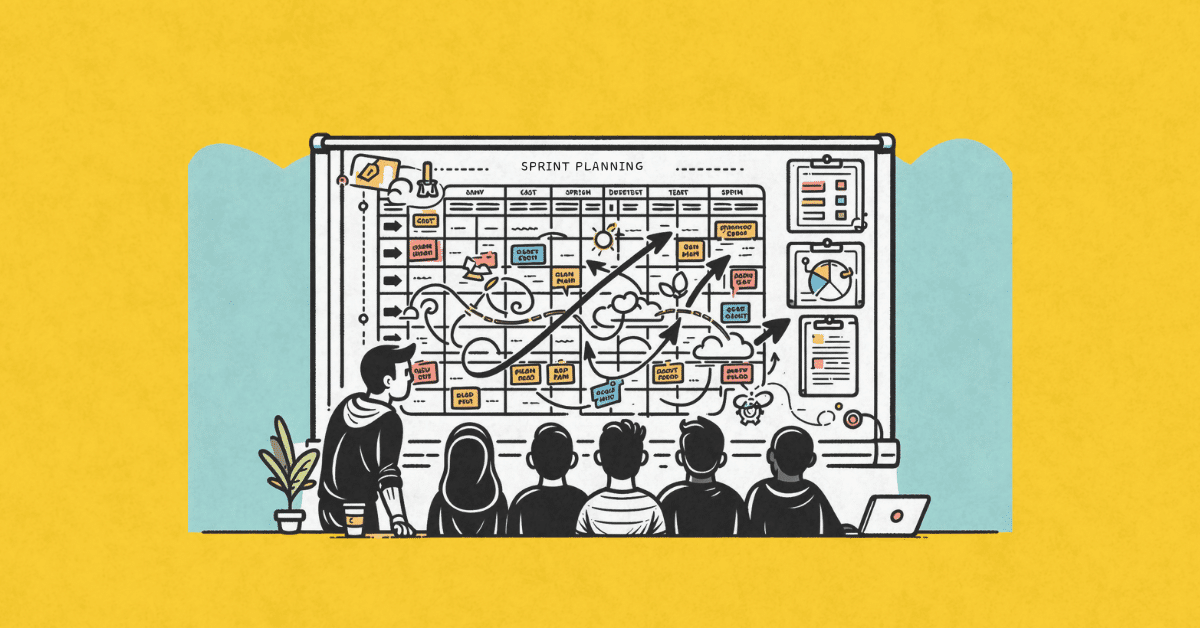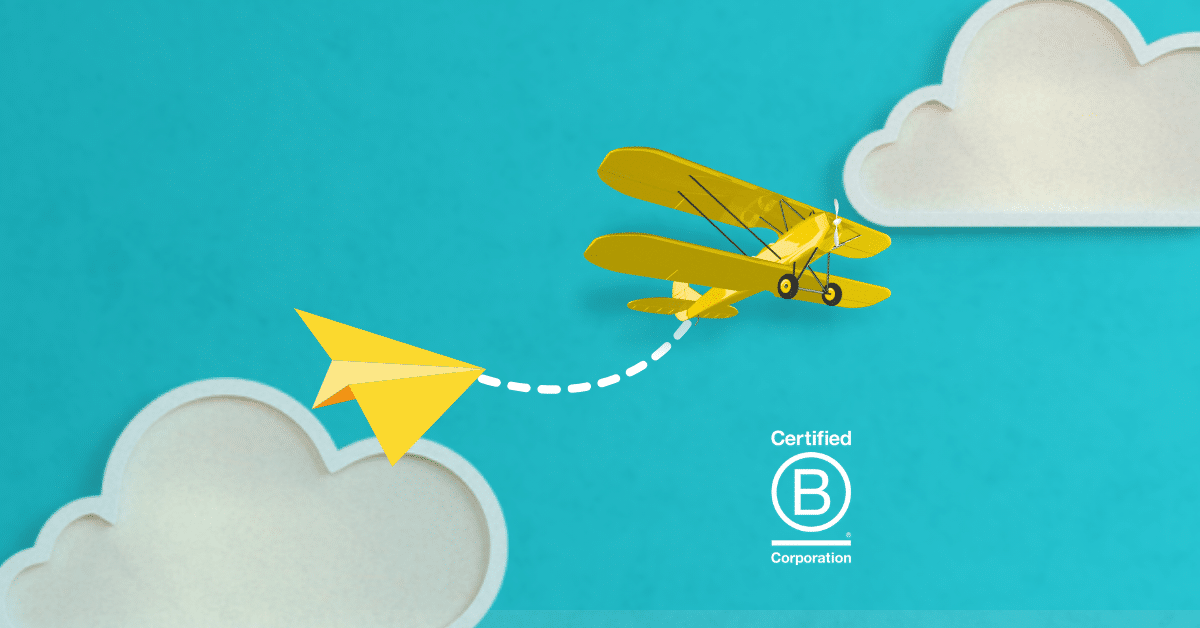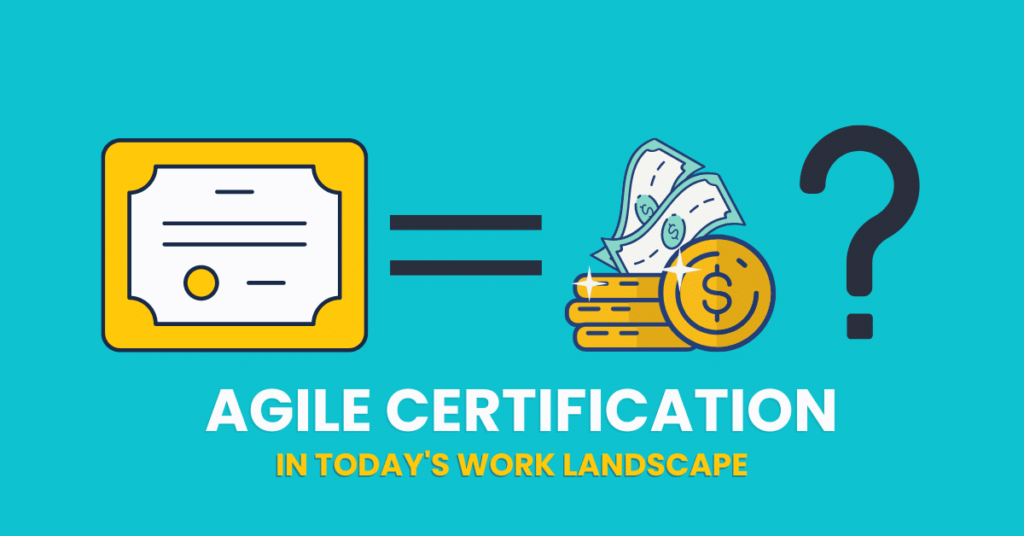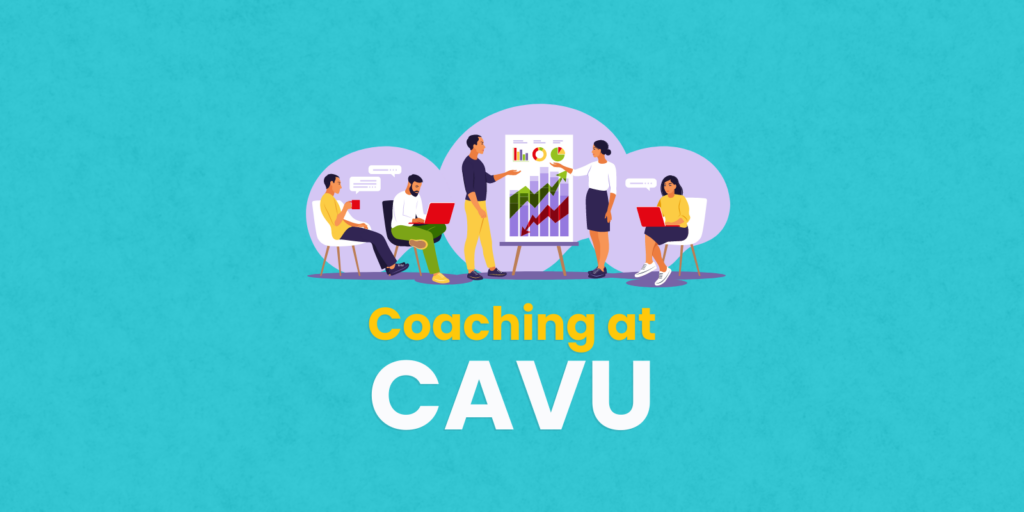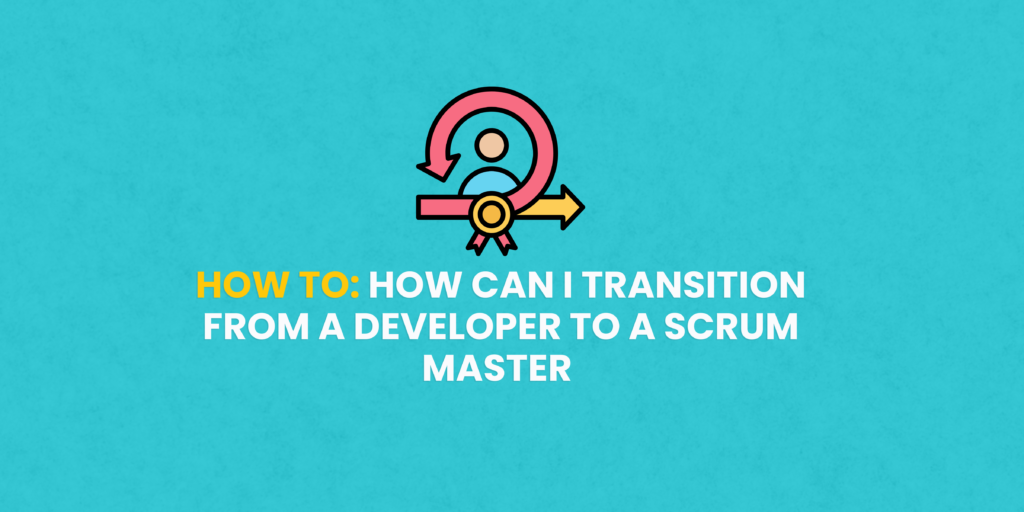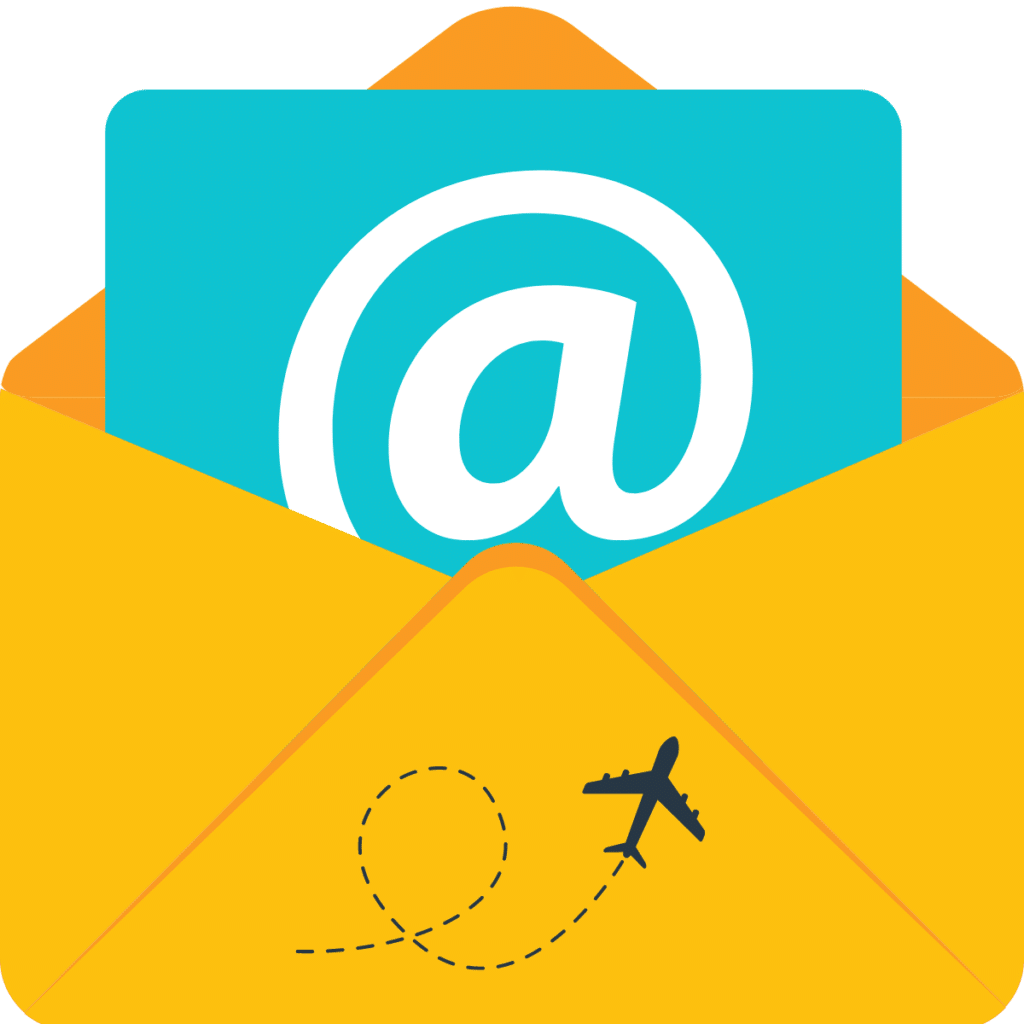Whenever you’re working in an early stage company, you really have restrictions on budget and resources. This is simple reality, and you know this is going to be something you have to deal with. In addition to the standard cost savings, creating multi-use content boosts creativity as you have to look at ways that you can do more with less.
For example, you can help make your team or yourself more efficient by creating one visual for a particular piece of content. Maybe it’s a photo with a headline or the text of a social media post. Once you’ve created that one visual theme for that campaign, you can reuse it over and over again to save time. Then, you’ve created four or five more pieces of content that are inspired by that first piece, you really don’t have to think about the branding or the visual part it’s already been taken care of. Another way that you can do that is by creating templates to save time as well. A big benefit of that is that you can work on your own you don’t have to reach out to your other team members so you can do as much as you can and not put a strain on other people that may need to focus in other areas
In some cases, it may just be you trying to deliver everything you can for marketing. One of the things I learned early on is to not reinvent the wheel of a bunch of times. Create one visual for a campaign and reuse it on every other piece of content that has something to do with that campaign. This is such a time saver.
One of the first things that you learn in marketing is that people learn in different ways. Some people really take to visual content like graphics, some are more auditory and prefer a podcast, and still others learn kinesthetically, or by touch, feel, or demonstration. Whenever I start looking at the content I’m creating, I always try to create different types of content to appeal to all of these types of learners.
In my experience, the best process is to start with a really meaty piece of content like a webinar, a PowerPoint presentation, or a longer blog post to give yourself a good spot to start from. I create a home for that piece of content, then start to think of all the ways people might consume and learn from it. If I have a webinar, for example, it starts there. Usually, webinars are already in a video or, or visual form. Next, I can take that and make it into an infographic or a downloadable piece of content. I can take the transcript and create a blog post. Now, how else can this be used? I can repurpose the audio as a podcast.
In addition to these examples, you want to look at how your users will interact with the content you are producing. Traditionally, webinars are someone speaking at you. To increase the interactivity during a webinar, interrupting and either doing a poll or a quiz can start the interaction with your audience. This process gives you a package of information you can then promote it.
So you can see how you start with one webinar and you continue to build out a variety of additional content based on that one original piece. Then you can start delivering that content in different ways on different platforms all with the same message.
Want to hear more about Agile and marketing? Check out Episode 13 of CAVU’s 16th Minute podcast featuring Mandi Coker!
